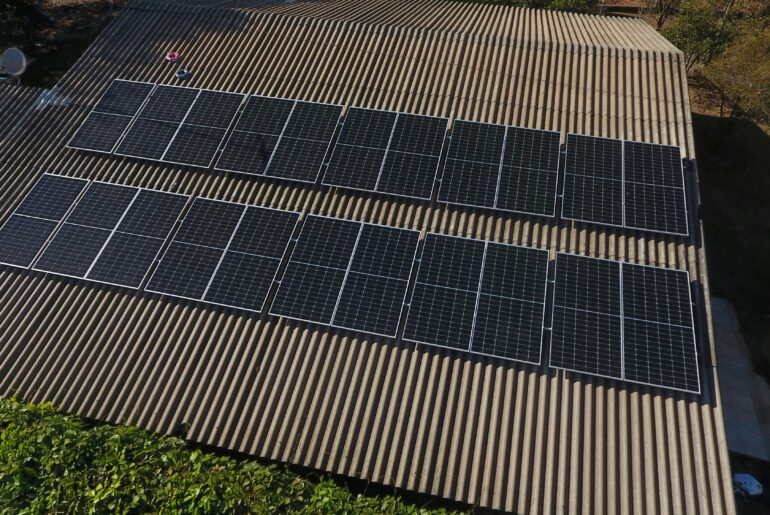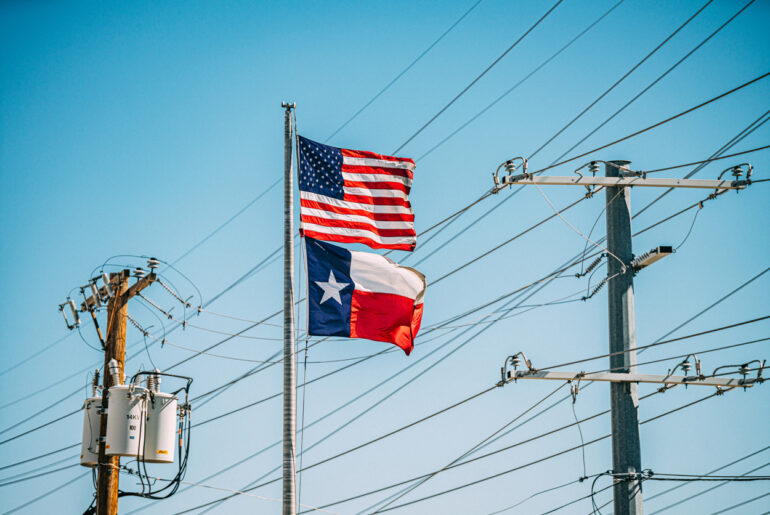Miami, FL – This summer marks Miami’s hottest to date. Over the last 14 years, Miami’s heat index has reached 105 degrees or more Fahrenheit six days per year on average. Yet this year, there have already been over 30 of those scorching days. Residents have gotten creative with ways to stay cool and even scheduled times of the day to leave the house.
Resident Gladys Penn has observed a shift in the intensity of the heat since her arrival in 1958. Now retired from her postal job, she has adjusted her schedule to complete errands in the morning to avoid the peak heat. She emphasizes staying hydrated to prevent leg cramps. “When it gets hot I just don’t go out anymore,” she said to Inside Climate News.
Miami-Dade County’s first ever chief heat officer, Jane Gilbert, has been spreading awareness about the impending heat and how to stay cool and safe during this hot time. “You just feel the thickness and heaviness of the air. You can’t even get that relief at 6 o’clock in the morning, and that is different,” Gilbert said to Inside Climate News. Since starting the job in 2021, Gilbert’s job has become more important as the heat gets more intense and deadly.
Heat stands as the primary weather-induced cause of death in the U.S. Those at highest risk include marginalized communities, seniors, young children, expectant mothers, and those working outdoors. Gilbert highlighted this fact to a group that convened on a recent Saturday morning at a community center in Little River, a modest-income area of Miami close to Little Haiti.
Gilbert’s presentation on the effects of heat was backed up by local nonprofit leaders, an academic heat expert, and representatives of Miami-Dade’s Emergency Management Department. Residents were sent home with “cooling kits” which consisted of battery-operated fans and electrolyte capsules. She also gave attendees alternatives for staying cool and healthy in the blistering heat by taking a cold shower or using cooling towels.
“We’re getting hotter not only because of climate change but also because of how we’re developing as cities,” Gilbert said to Inside Climate News.
Residents who occupy mobile homes in the county heavily rely on in-window air conditioners for relief from the heat. Running their units for long periods of time caused utility bills to be astronomical, so residents had to resort to sitting out on their porches. Heat-related issues account for an approximate annual economic toll of $10 billion in Miami-Dade County, a figure expected to rise to $20 billion by the middle of the century. This estimate focuses solely on decreased worker productivity, excluding other elements such as tourism. With around 2.7 million inhabitants, Miami-Dade is Florida’s most populated county.
“Those advisories and warnings are established based on trying to minimize deaths related to heat, and if those heat thresholds are set too high then people will die,” said Tiffany Troxler, associate professor at Florida International University’s Department of Earth and Environment to Inside Climate News. This summer, the National Weather Service announced an excessive heat warning in Miami-Dade County three times. On July 16, the temperature went up to 110 degrees Fahrenheit.
“She’s incredibly dedicated to trying to identify the suite of measures that are necessary to protect our most vulnerable communities, and she strongly leverages science to do that,” Troxler said of Gilbert to Inside Climate News. “The fact that she was able to get organized in advance of this extreme heat season that we’re encountering right now, and work with the National Weather Service to pilot the lowering of the heat thresholds that trigger our heat advisories and heat warnings, I mean, thank God.”




